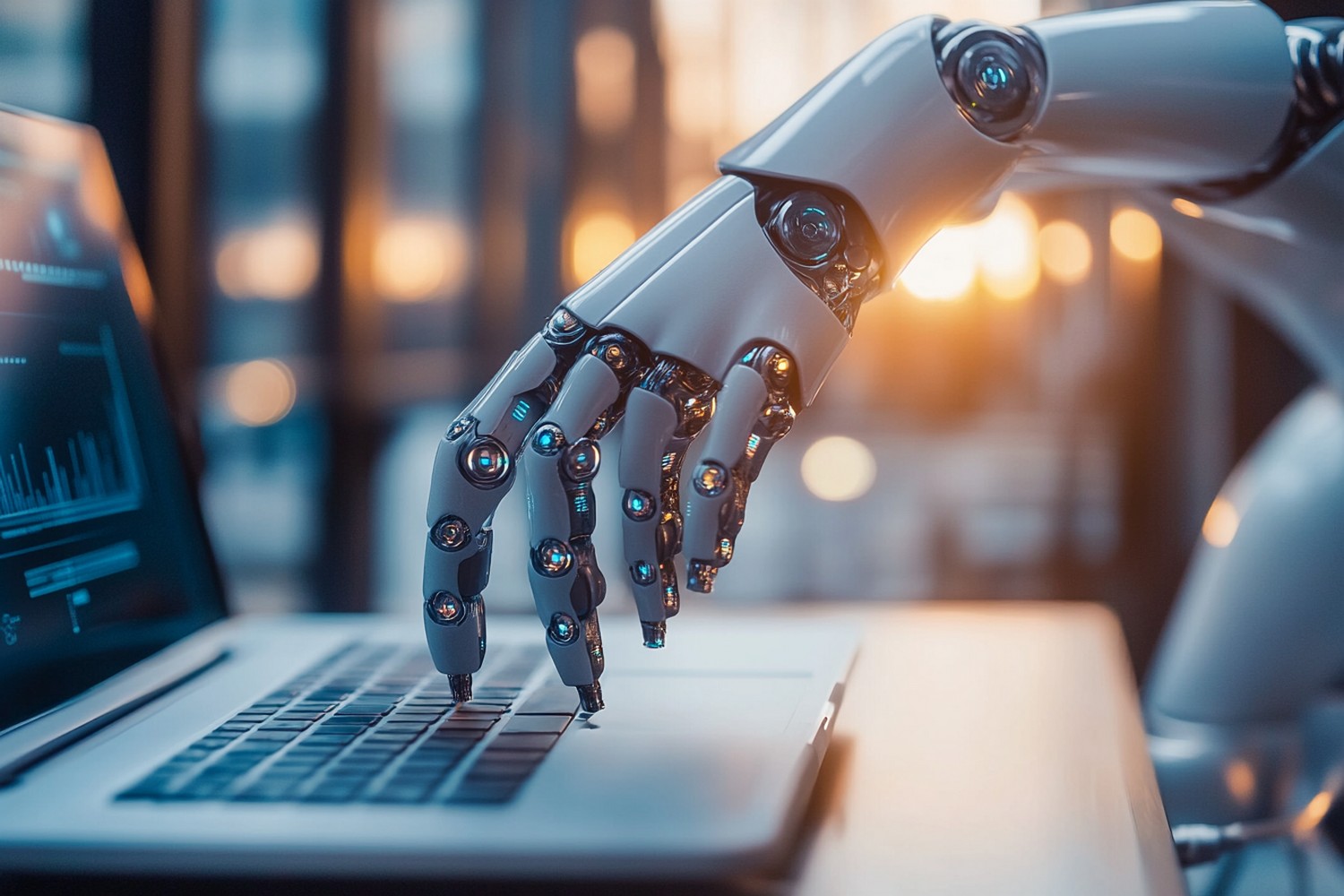The rapid rise of artificial intelligence (AI) and automation is driving profound changes in the way we work, produce goods, and generate wealth. But as machines take on more tasks traditionally done by humans, how should governments adapt their tax systems? This question is at the heart of a recent IZA Policy Paper by Spencer Bastani and Daniel Waldenström. Their research on the implications of AI and automation for taxation in advanced economies offers insights into how these technologies might reshape labor markets, income distribution, and the broader economy.
A new economic reality
AI and automation are not just futuristic concepts; they are already transforming industries around the globe. From self-checkout machines to AI-driven financial advice, these technologies are beginning to replace human labor in various sectors. This shift raises significant concerns about job displacement and wage stagnation for some workers, while others, particularly those skilled in AI-related fields, may see substantial productivity gains.
The central challenge, as Bastani and Waldenström point out, is how governments should tax labor and capital in this new economic reality. If AI leads to more wealth being generated by machines rather than people, should the tax burden shift from labor to capital? And if so, how can we do this without stifling innovation or economic growth?
Bridging theory and evidence
To tackle these questions, the researchers combined empirical evidence with theoretical models of optimal taxation—a field that seeks to design tax systems that balance fairness with economic efficiency.
The paper begins by reviewing the latest empirical studies on AI’s impact on labor markets, productivity, and income inequality. For instance, the researchers analyzed how the introduction of AI in various industries has affected job postings and wage growth, drawing on data from the United States and other advanced economies. They also examined shifts in the distribution of income between workers and capital owners, a key concern as AI and automation advance.
Next, Bastani and Waldenström explored the theoretical frameworks that guide tax policy. They looked at how optimal taxation models, which traditionally focus on labor income, need to adapt to a world where capital income—profits from AI-driven innovations—plays an increasingly dominant role. These models help policymakers understand the trade-offs between taxing labor and capital, and how different tax structures can impact economic growth and inequality.
Implications for tax policy
The findings of the paper suggest that while AI and automation could indeed shift more of the national income towards capital, this does not necessarily mean that a wholesale rebalancing of tax systems is required—at least not yet. Contrary to some predictions, labor’s share of income in many advanced economies has remained relatively stable, with notable exceptions like the United States, where a decline has been observed.
However, the researchers caution that as AI technologies continue to evolve, this balance could change. If capital starts to dominate national income, it might become necessary to increase taxes on capital to maintain government revenues. But this approach has its risks. Overly progressive taxation could deter investment in AI and other technologies that drive economic growth.
The study also touches on the controversial idea of a Universal Basic Income (UBI) as a response to potential mass unemployment caused by AI and automation. While UBI is often presented as a simple solution, the researchers argue that it could reduce incentives for work and education, potentially harming long-term economic welfare.
Beyond taxes: The role of regulation
Interestingly, the paper suggests that some challenges posed by AI might be better addressed through regulation rather than tax policy alone. For instance, if AI leads to greater industry concentration and monopolistic practices, competition policies might be more effective than tweaking tax rates.
Moreover, the authors highlight the potential of AI to improve tax administration itself. AI could streamline tax collection and compliance, reducing costs for both governments and taxpayers. This is already happening in some countries, where AI is being used to enhance audit processes and manage tax inquiries.
A balanced approach
In conclusion, the researchers advocate for a measured approach to tax policy in the age of AI and automation. While there is no immediate need for dramatic changes, they emphasize the importance of staying flexible and responsive to future developments. As AI continues to transform economies, governments must carefully consider how to balance the need for revenue with the imperative to foster innovation and ensure fair distribution of wealth.
This study offers valuable insights into the complex interplay between technology, economics, and public policy, underscoring the need for thoughtful, evidence-based approaches to the challenges of the future.
[Editor’s note: In line with the focus of the study, this summary was generated with the assistance of ChatGPT.]
